Agronomic Insights
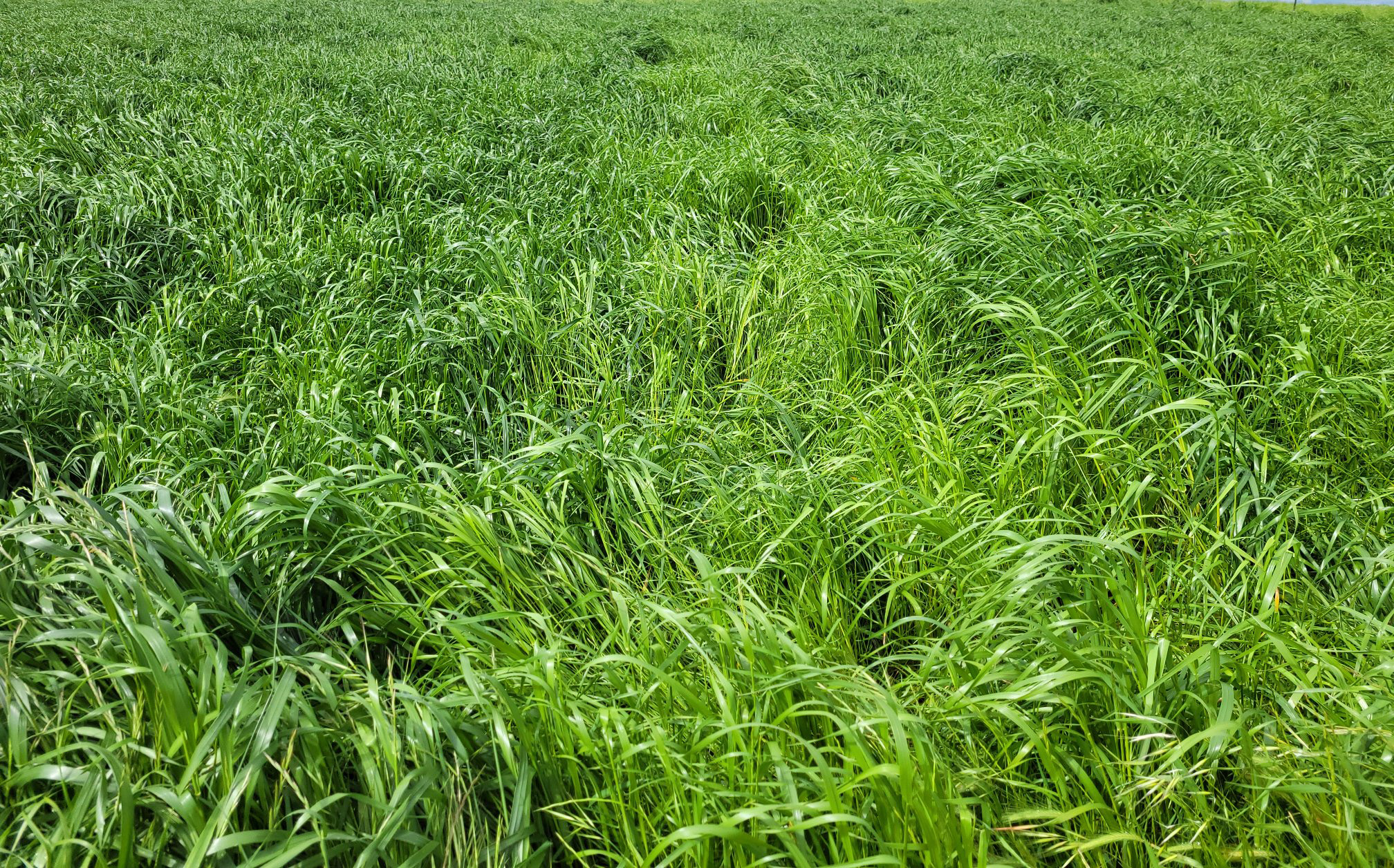
Author: Lee Menhenett – IPF Technical Agronomist
Adequate soil nutrition is key to dry matter growth. While every season requires a measured approach to fertiliser purchases, coming out of a below average rainfall year in southern Australia pastoral areas, greater attention to fertiliser purchases this year is warranted.
Below average rainfall in winter, spring and summer has reduced pasture production which has limited pasture growth and therefore nutrient removal. The simple answer to fertiliser purchases is to reduce rates. This could be a sound strategy, however, prior to settling on this strategy, other factors need to be carefully considered.
Soil test data
The key piece of data to make sound nutritional decisions is a soil test. Soil tests show the evidence of previous fertiliser applications and the basis for future applications.
Every paddock or production zone should be tested regularly. Regular sampling shows trends in nutrient levels over time, providing powerful data on previous fertiliser strategies.
Ad hoc and intermittent sampling provides some data; however, it is only a point in time and provides limited insight into long-term paddock fertility. Also, once a soil test is more than three years old, the phosphorus (P), potassium (K) and sulphur (S) results are less relevant. Regular sampling shows trends in nutrient levels over time, providing powerful data on previous fertiliser strategies. In the absence of current soil test data, a concerted effort to invest in some sampling is critical to make sound fertiliser decisions.
Pasture production/paddock performance
Every paddock varies in capability to produce pasture. This variation is due to nutrition, pasture age and species, grazing pressure, aspect, soil type variation and drainage. Some paddocks will be more productive in certain seasons. So having a good understanding of annual paddock stocking rates, and in particular pasture production, will provide valuable insights into maintenance fertiliser rates. Poor paddock productivity can lead to a build-up of nutrients in the soil and conversely the best producing paddocks can have nutrient levels mined over time. This phenomenon then leads to poor allocation of nutrients across the farm.
If silage or hay has been conserved off certain paddocks, then a nutrient rate increase may be warranted, particularly potassium. Fodder conservation from one season (particularly a low yielding season) may not deplete nutrient levels significantly, however if that paddock is a favourite for annual fodder conservation, then nutrient depletion will be occurring.
Fertiliser application history and purchased feed
Paddock records should also be maintained for historical fertiliser applications. This data, in conjunction with soil test information, can confirm thoughts on values making sense or not. If there is an unexpected nutrient value from a soil test result, digging deeper into the results and paddock history will be required to explain the outlier. Paddocks were brought in feed is fed out to stock, nutrient levels in those paddocks may be elevated.
Soil nutrients for legume-based pastures
Typically, for legume-based pastures, Single Super Phosphate (SuPerfect®) is applied in the autumn to drive pasture production by supplying a balanced nutritional package of P and S. Once base P, S and K nutrients are applied, attention then turns to nitrogen (N) to stimulate additional dry matter production leading into winter.
Adequate soil nutrition improves water use efficiency, allowing more pasture dry matter growth per millimetre of moisture. Adequate nutrition also supports improved grass and legume species and builds more robust pasture systems.
Missing P applications can risk decreasing fertility. As soil fertility decreases production falls, coupled with loss of quality due to improved pasture species dropping out and weeds entering the sward.
Feed deficits in winter can be minimised by boosting autumn pasture growth, with N extending a pasture’s dry matter response.
Research by Agriculture Victoria has shown that there is no pasture yield differences whether P fertiliser is applied in summer or autumn (McLachlan, 1961). The movement of water-soluble P from single superphosphate granules into the soil is virtually complete within 24 hours of application, even when soil conditions are dry, and rainfall does not occur. Light dews are enough for the P to move into the soil where it is quite immobile (won’t leach). The granule left behind is basically gypsum (calcium sulphate), and this will dissolve and move into the soil with the next rain event.
While the Agriculture Victoria work also showed that applying P fertiliser earlier than the traditional autumn application did not increase the likelihood of P losses through run off, it is still important to follow best practice:
- Avoid applying fertiliser when ground cover is less than 70%. Bare soils are prone to shedding water leading to erosion, taking valuable soil holding P and other nutrients.
- Prevent fertiliser entering waterways and water storages.
- Do not apply fertiliser if heavy rain is forecast within four days.
It is important to have P available for emerging and establishing seedlings, when the autumn break arrives. P encourages early plant vigour and root development, assisting in plant survival, particularly if there is a false break.
Having P applied to the paddocks early allows for germinating annual grass and clovers and perennial pastures, to access fertiliser P ensuring a rapid uptake following the autumn break. Clover plants growing nearer to a fertiliser granule have been shown to be up to four times larger and contained five times as much P than those plants growing 2.5cm away (Williams, 1969).
Having “fresh” P from fertiliser applications assists plants in their early development, this is particularly import for late breaks and where soil P levels are below critical levels.
Summary
- The key piece of data to make sound nutritional decisions is a soil test.
- Every paddock or production zone should be tested regularly to show trends in nutrient levels over time.
- Paddock records should also be maintained for historical fertiliser applications.
- It is important to have P available for emerging and establishing seedlings, when the autumn break arrives.
- Missing P applications can risk decreasing fertility.
Further Information
Contact Lee Menhenett on 0412565176 or lee.menhenett@incitecivot.com.au
References
McLachlan KD (1961) Time of application of superphosphate and the yield of pasture on an acid soil. Australian Journal of Experimental Agriculture and Animal Husbandry. Vol 1, 81-84.
Williams CH and Lipsett J (1969), “The Effect of Particle Size of Superphosphate on the Availability of its Phosphorus and Sulphur to Pasture Plants”. Australian Journal of Agricultural Research
DISCLAIMER
This is a guide only, which we hope you find useful as a general tool. While IPF has taken all reasonable care in the preparation of this guide, it should not be relied on as a substitute for tailored professional advice and IPF accepts no liability in connection with this guide. Incitec Pivot Fertilisers manufactures and sources fertilisers from other suppliers. The fertiliser supply chain extends beyond the company’s direct control, both overseas and within Australia. Incitec Pivot Fertilisers hereby expressly disclaims liability to any person, property or thing in respect of any of the consequences of anything done or omitted to be done by any person in reliance, whether wholly or in part, upon the whole or any part of the contents of this article.
You might also be interested in these
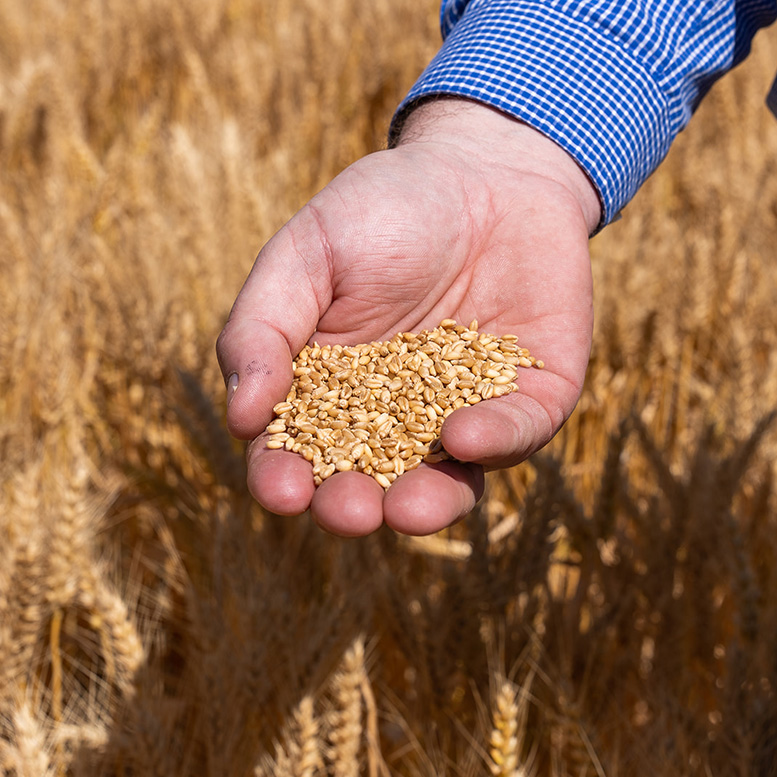
Winter Crop
Grain testing gives complete picture on nutrient levels
November / 2024
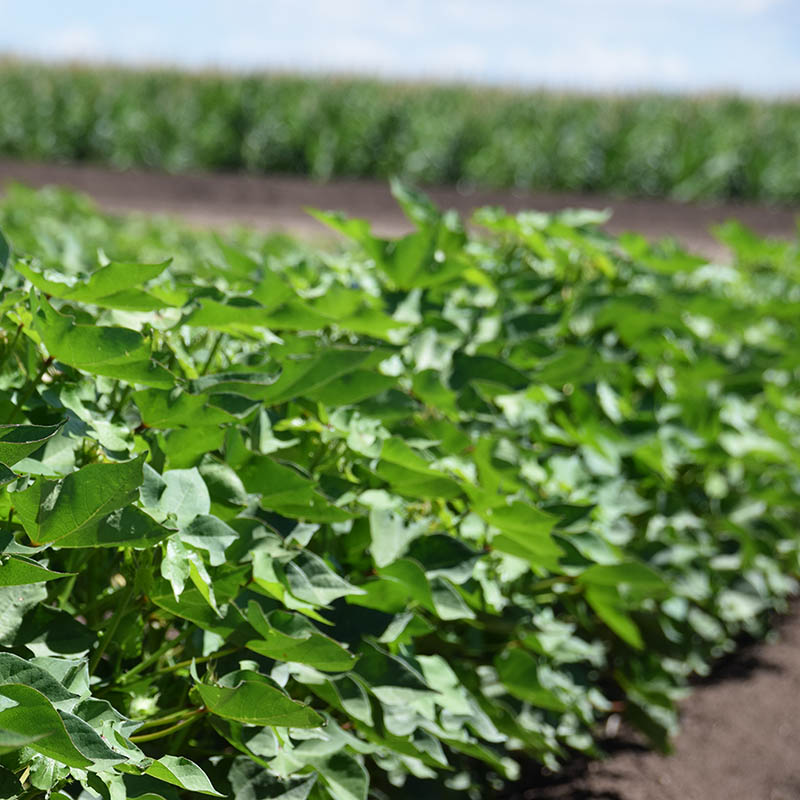
Summer Crop
Power up cotton with petiole testing
December / 2024
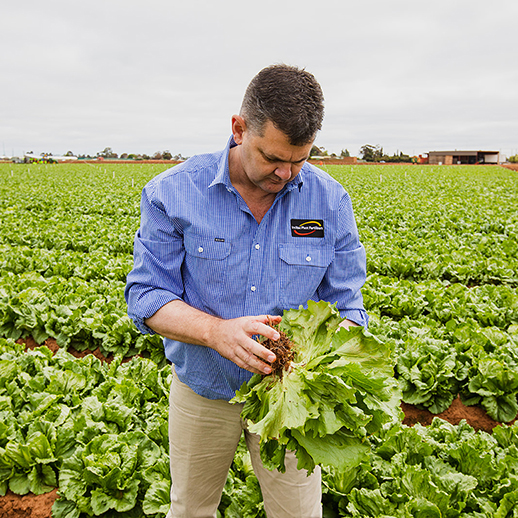
Horticulture, Sugar, Summer Crop
eNpower – more than just a nitrogen advantage
July / 2024
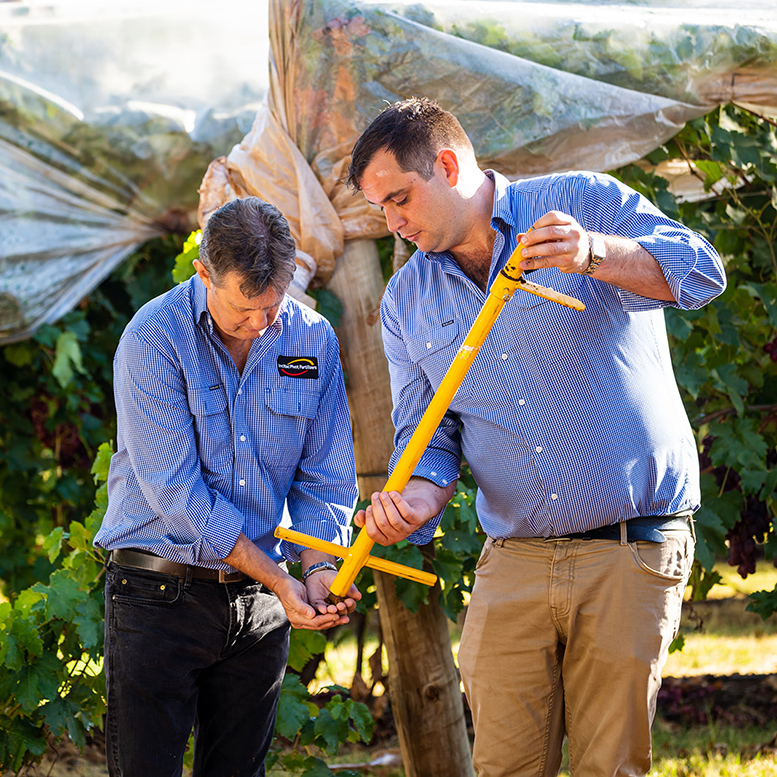
Horticulture
Soil sampling in established tree crops and grapevines
August / 2024

